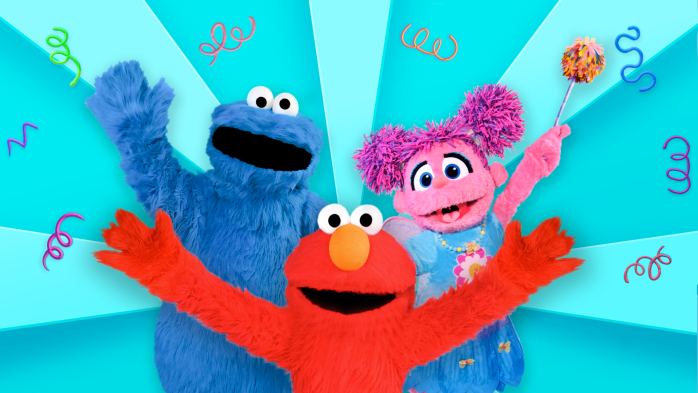A certified orthotist explains what scoliosis is and its causes, the signs of scoliosis, dangers of the disorder, and how it is treated.
What is scoliosis?
|
Scoliosis can affect posture |
Scoliosis is a three-dimensional spinal deformity in which the spine has a curvature of more than 10 degrees to the right or left. Everyone’s spine naturally curves a bit, but the spine of a person with scoliosis might form an “S” or “C” shape.
The cause of scoliosis is unknown, but it’s typically triggered by a genetic abnormality—in other words, something you’re born with. It is typically believed to be a congenital disorder that usually comes from the mother’s side, which is why it’s more commonly seen in girls than boys. Scoliosis affects about 3 percent of the population.
Scoliosis is usually diagnosed in adolescence, around age 11 or 12, when kids are growing quickly. If it’s mild—between 10 and 15 degrees—and there’s no outer sign of a curve in the back and no pain, it’s very often missed. It used to be that all children were checked at this age by a school nurse, but now some schools either don’t have nurses or they don’t have nurses trained to check for scoliosis. And unless the scoliosis is easily visible, a doctor can easily miss it during a checkup. That’s why it’s important for parents to look for signs of scoliosis and get their children screened at an early age, because early intervention is key.
What are the signs of scoliosis?
Check your child for signs of scoliosis, which include:
– Uneven shoulder height
– Prominent shoulder blade
– Waist asymmetry
– One arm farther away from pelvis on one side (when standing with arms at side)
– Uneven hip height
– Humpback (poor posture, child leaning forward)
What are the dangers of scoliosis?
If left untreated, severe scoliosis can sometimes lead to life-threatening conditions. A curved spine can twist the rib cage and the organs within it, with the lungs being the most commonly affected organ.
Severe scoliosis can also cause pain and restrict an individual from doing normal physical activities.
There are also psychological aspects of scoliosis to consider. Kids and adolescents can be very sensitive to their appearance, and they can sometimes become depressed because of their posture and/or the fact that they have to wear a brace. When a patient comes to our office for the first time, we give them a survey that screens for any signs of depression.
What are treatment options for scoliosis?
When a child is suspected to have scoliosis [usually after a doctor or nurse performs Adams forward bend test or another phyiscal test], a doctor will take an X-ray to confirm the diagnosis and determine what type of curve the spine has and what degree of curve it is. If the curve is mild, say between 10 and 15 degrees, then the doctor may not suggest any treatment other than observation, to monitor the progression of the curve until the child reaches full physical maturity.
If the curve is more severe or becomes severe enough that the child is in pain, there are two possible treatments—one is a brace, and the other is surgery. Only about one out of every 20 children goes for surgical treatment, if they have a severe curvature, the curve is rapidly worsening, and/or the trunk deformity is really prominent and the lungs are affected. Surgery usually involves fixing a metal rod to the spine, which can restrict movement. For children, it’s better not to do surgery if you don’t have to, especially while they’re still growing.
If a brace is prescribed, it could be a hard, rigid brace or a non-rigid dynamic brace like the SpineCor brace. Whether a hard or soft brace is used, the child typically needs to wear the brace for a minimum of 18 months to 2 years, depending on at what age she is diagnosed.
Read more about brace treatment for scoliosis here
Ellen Suh is a certified orthotist at Silvercare Orthotic and Prosthetic at 41-61 Kissena Blvd. in Flushing, Queens. Suh has a BOC certification and has been in practice for 12 years. For more information, call 718-578-1123.






















